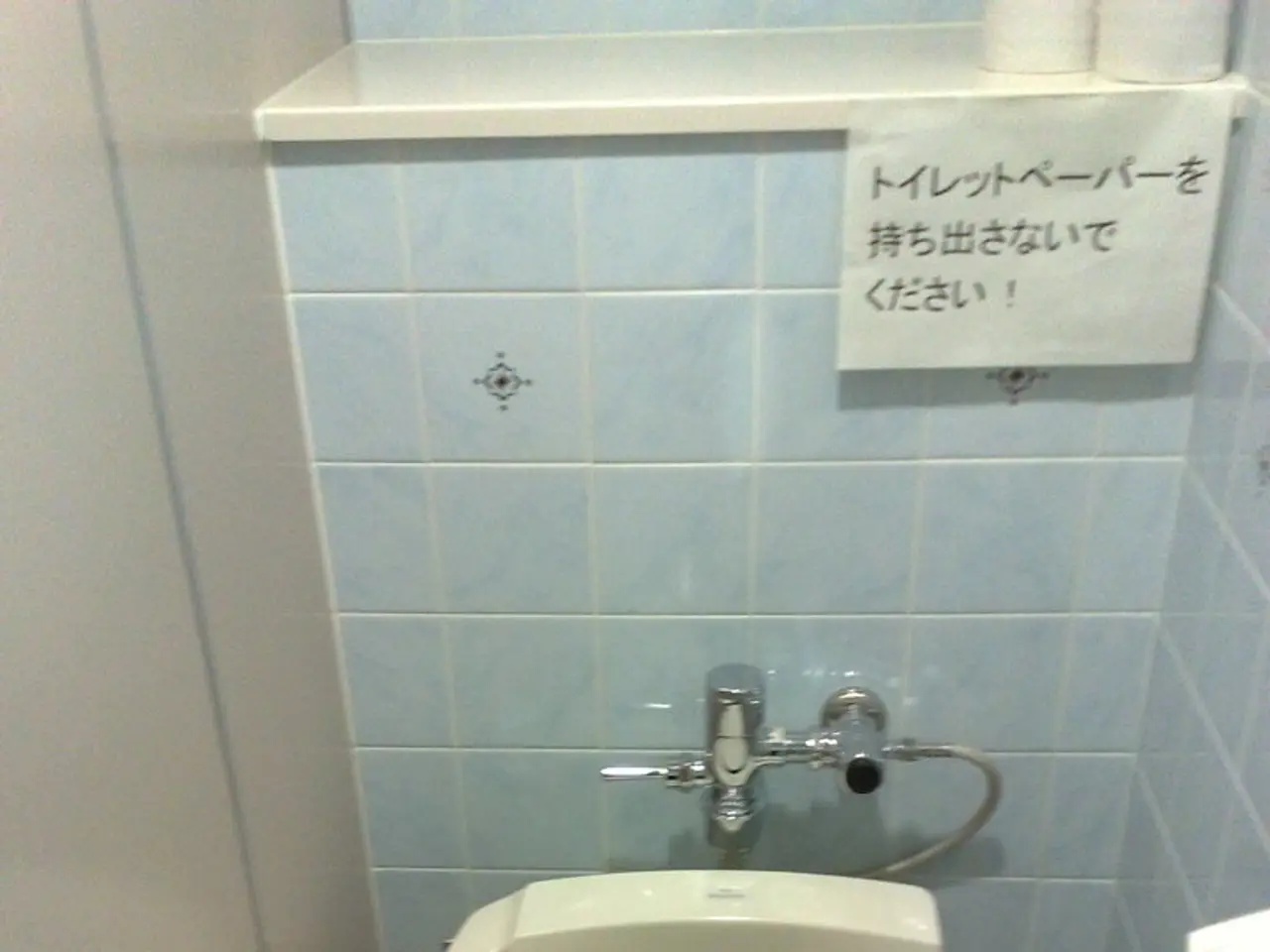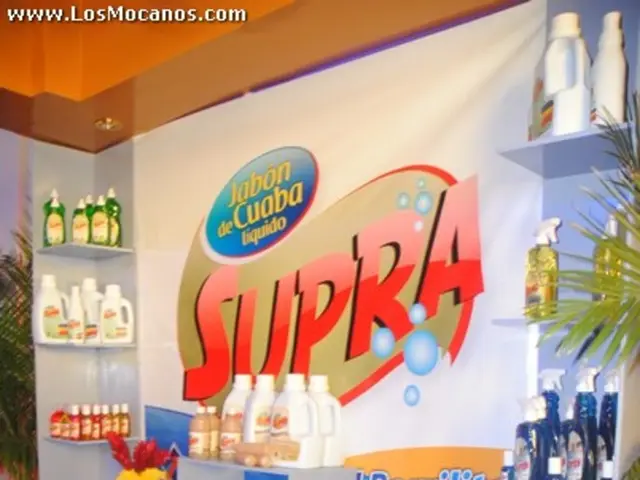Bid Farewell to Traditional Toilet Paper: An Eco-Friendly Alternative Emerges, Offering Greater Efficiency and Environmental Respectability
In the realm of personal hygiene, a significant shift is underway, with many medical professionals advocating for water-based cleaning solutions. This change, driven by factors such as superior cleanliness, reduced skin irritation, environmental sustainability, and enhanced comfort, is gaining traction worldwide.
Water-based options like wet toilet tissue or bidets provide a more thorough cleaning by effectively breaking down residue—removing about 30% more than dry paper—which helps reduce irritation and is especially beneficial for sensitive skin or hemorrhoids. Many water-based products are pH-balanced and infused with soothing ingredients like aloe vera or chamomile, making them gentler than traditional toilet paper.
Environmentally, wet or water-assisted cleansing reduces reliance on traditional toilet paper, lowering deforestation impacts and water usage associated with paper production. Alternatives like bamboo toilet paper, while still paper-based, also highlight environmental concerns by using faster-growing, less resource-intensive plants, but water-based methods avoid paper waste altogether. Bidets and washlets minimize paper use, reducing harm to forests and decreasing landfill waste.
The Japanese washlet toilet significantly contributes to this change by popularizing integrated cleaning technology that uses water sprays for hygiene. Washlets combine warm water cleansing, adjustable spray options, drying features, and heated seats, elevating hygiene standards and user comfort. Their widespread adoption has increased awareness of water-based hygiene benefits and inspired global interest in bidet-style toilets or add-ons, accelerating the shift away from solely paper-based cleaning.
The use of water-based alternatives can contribute to the preservation of forests and the reduction of waste in landfills. While water usage may increase slightly due to the bidet, the overall environmental footprint of producing toilet paper is far more taxing. Toilet paper's manufacturing process consumes vast amounts of water and energy, with millions of trees being cut down each year.
Moreover, the chemicals used to bleach and whiten toilet paper can pollute rivers and ecosystems. In contrast, water-based solutions offer a cleaner, greener alternative, minimizing the risk of harmful chemical exposure.
For most people, using a washlet or bidet system is a matter of a few days' adjustment and they report feeling cleaner and more comfortable once adapted. Switching to a water-based system is easier than many people think, with affordable options like bidet attachments available for most existing toilets. The upfront cost of a bidet system can be offset by the savings over time, with a typical household saving hundreds of dollars each year by eliminating toilet paper purchases.
In conclusion, the growing trend of using water-based alternatives to traditional toilet paper is a step towards a cleaner, greener, and more comfortable future. The Japanese washlet is a key driver, demonstrating the feasibility and benefits of advanced water-based cleaning integrated into everyday toilets, supporting broader adoption of these practices worldwide.
- The integration of water-based technology, such as bidets or washlets, in personal hygiene products promotes a shift towards environmental-science by reducing reliance onpaper-based products like traditional toilet paper, leading to less pollution and deforestation.
- In the realm of health-and-wellness, water-based cleaning solutions like bidets can provide a more thorough clean that reduces skin irritation, especially beneficial for individuals with sensitive skin or medical-conditions such as hemorrhoids.
- As lifestyle trends continue to gravitate towards health and environmental consciousness, the adoption of technology-driven water-based solutions in personal hygiene can contribute to a greener lifestyle by reducing waste production and minimizing chemical exposure from traditional toilet paper production.




